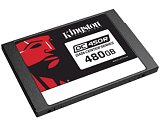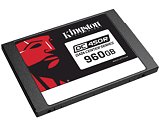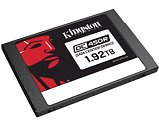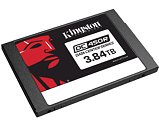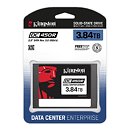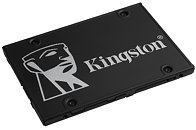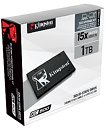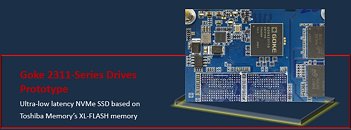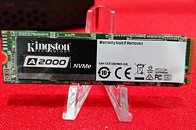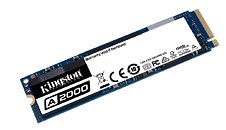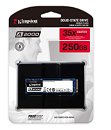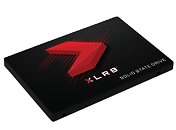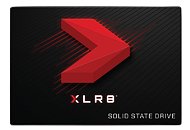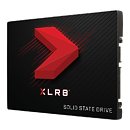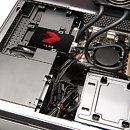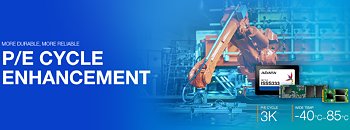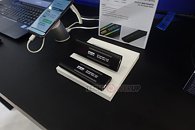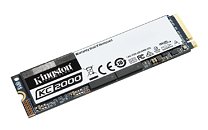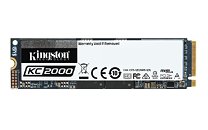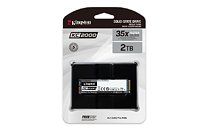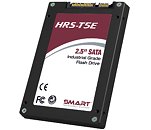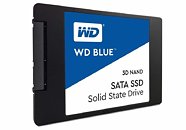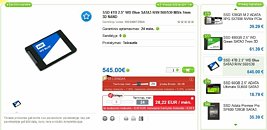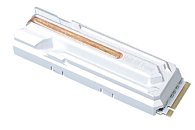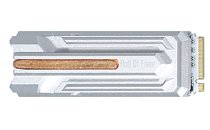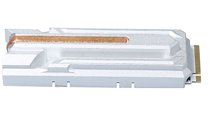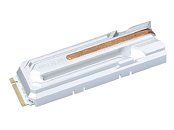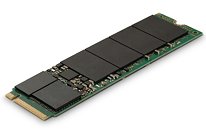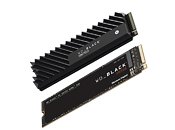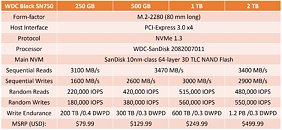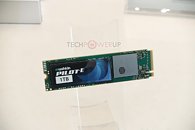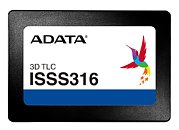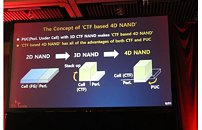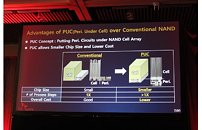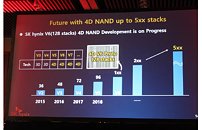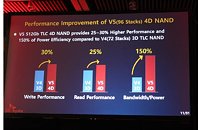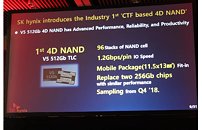
Crucial Intros 2 TB Version of its BX500 Series SATA SSD
Crucial has started shipping a 2 TB version of its famous, budget/minded BX500 Series of SATA SSDs. As pricing on NAND density has come down, it makes sense that budget solutions start to increase their capacities as well, since there is no longer a premium on new, advanced technologies. The Crucial BX500 2 TB model features the same 3D TLC NAND as the other capacities in Crucial's portfolio: 96-layer 3D TLC NAND flash memory mated to an SMI SM2258XT DRAM-less controller.
Since it maintains the communication protocol (SATA), and the hardware is virtually unchanged except for higher densities, don't expect improved performance: the 2 TB drive is still rated for up to 540 MB/s reads and up to 500 MB/s writes. Pricing is set at $214 (or €241) for the 2 TB model, which means price per GB stands at roughly $0.10.
Since it maintains the communication protocol (SATA), and the hardware is virtually unchanged except for higher densities, don't expect improved performance: the 2 TB drive is still rated for up to 540 MB/s reads and up to 500 MB/s writes. Pricing is set at $214 (or €241) for the 2 TB model, which means price per GB stands at roughly $0.10.


